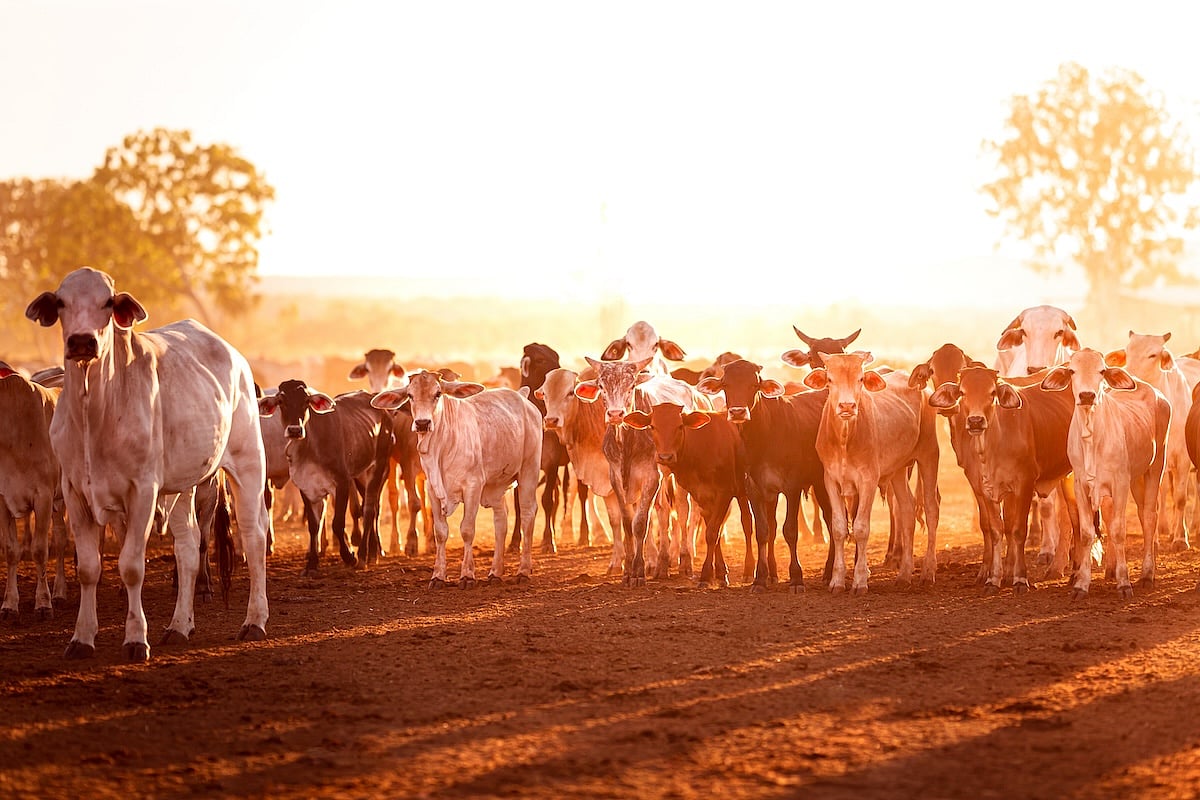Get Healthy!

- Dennis Thompson
- Posted November 6, 2024
How a Move Away From Beef Could Help the Planet
Eating fewer burgers and steaks could pay big dividends for Mother Earth, and human health, by combatting climate change, a new study suggests.
Small cutbacks in beef production among wealthy nations could remove 125 billion tons of carbon dioxide from the atmosphere, researchers report -- an amount that exceeds the total number of global fossil fuel emissions for the past three years.
That could be accomplished by cutting back beef farming back by just 13%, researchers reported Nov. 4 in the Proceedings of the National Academy of Sciences.
Such a cutback would reduce the amount of land needed for cattle grazing, allowing forests to regrow on pastureland, researchers said.
These forests would serve as a sponge for carbon dioxide emitted by cars and power plants, the study added.
“We can achieve enormous climate benefits with modest changes to the total global beef production,” said Matthew Hayek, an assistant professor in New York University’s Department of Environmental Studies.
“In many places, this regrowth could occur by seeds naturally dispersing and trees regrowing without any human involvement,” Hayek said in a university news release.
“However, in some places, with especially degraded environments or soils, native and diverse tree-planting could accelerate forest restoration, giving regrowth a helping hand,” Hayek added. “This long-term regrowth would benefit the climate for decades to come, with significant regrowth and carbon capture beginning within just a few years in many areas, and lasting for 75 years or more until forests nearly mature.”
More well-to-do nations are the best candidates for these beef cutbacks, because they tend to have pastures in areas formerly covered by vast and lush forests, researchers said. These pastures also tend to produce less grass and have shorter growing seasons.
On the other hand, pastures in sub-Saharan Africa and South America grow year-round, producing more feed for animals per acre, the study noted.
“This isn’t a one-size-fits-all solution,” Hayek emphasized. “Our findings show that strategic improvements in the efficiency of cattle herds in some areas, coupled with decreased production in others, could lead to a win-win scenario for climate and food production.”
More dramatic changes would produce even better results, the researchers noted.
For example, relocating all cattle, sheep and other grazing livestock from all potentially forested areas could capture a staggering 445 gigatons of carbon dioxide by the end of the century -- equivalent to more than a decade of fossil fuel emissions.
“Importantly, this approach would still allow livestock grazing to remain on native grasslands and dry rangelands, which are places where crops or forests cannot easily grow,” Hayek said.
“These areas support more than half of global pasture production, meaning that this ambitious forest restoration scenario would require cutting global cattle, sheep and other livestock herds by less than half,” Hayek added. “These findings underscore the immense potential of natural forest restoration as a climate solution.”
For the study, researchers tracked pasture productivity to estimate the climate benefits that reductions would create.
Maps produced by the researchers identify areas where reducing beef production and hastening forest recovery would provide the quickest bang for the buck. Policymakers could offer forest conservation incentives or buyouts to beef producers in those regions.
“Even if two different areas can regrow the same amount of carbon in trees, we can now know how much pasture, hence beef production, we would have to lose in each area to grow those trees back,” said researcher Johannes Piipponen, a doctoral candidate at Aalto University in Finland.
“For many consumers in high-income regions like Europe and North America, reducing excessive meat consumption benefits both their health and the environment,” Piipponen said. “However, until now, it has remained rather unclear where the required decreases in production could begin.”
Human health would benefit in a couple ways from cutting back on beef.
Red meat has been linked to increased risk of cancer, heart disease, diabetes and kidney problems. Meanwhile, climate change has increased risk of insect-borne infections, heat-related illnesses and natural disasters like hurricanes, tornadoes and floods.
Boosting forest regrowth won’t solve climate change on its own, but it could serve as a powerful tool in humanity’s arsenal, the researchers noted.
“Within the next two decades, countries are aiming to meet critical climate mitigation targets under international agreements, and ecosystem restoration on converted pasturelands can be a critical part of that,” Hayek said.
“Our study’s findings could offer paths forward for policymakers aiming to address both climate mitigation and food security concerns,” Hayek added. “As countries worldwide commit to ambitious reforestation targets, we hope that this research can help identify and prioritize the most effective areas for carbon sequestration efforts while considering global food needs.”
More information
The U.S. Centers for Disease Control and Prevention has more on the effects of climate change on human health.
SOURCE: New York University, news release, Nov. 4, 2024




